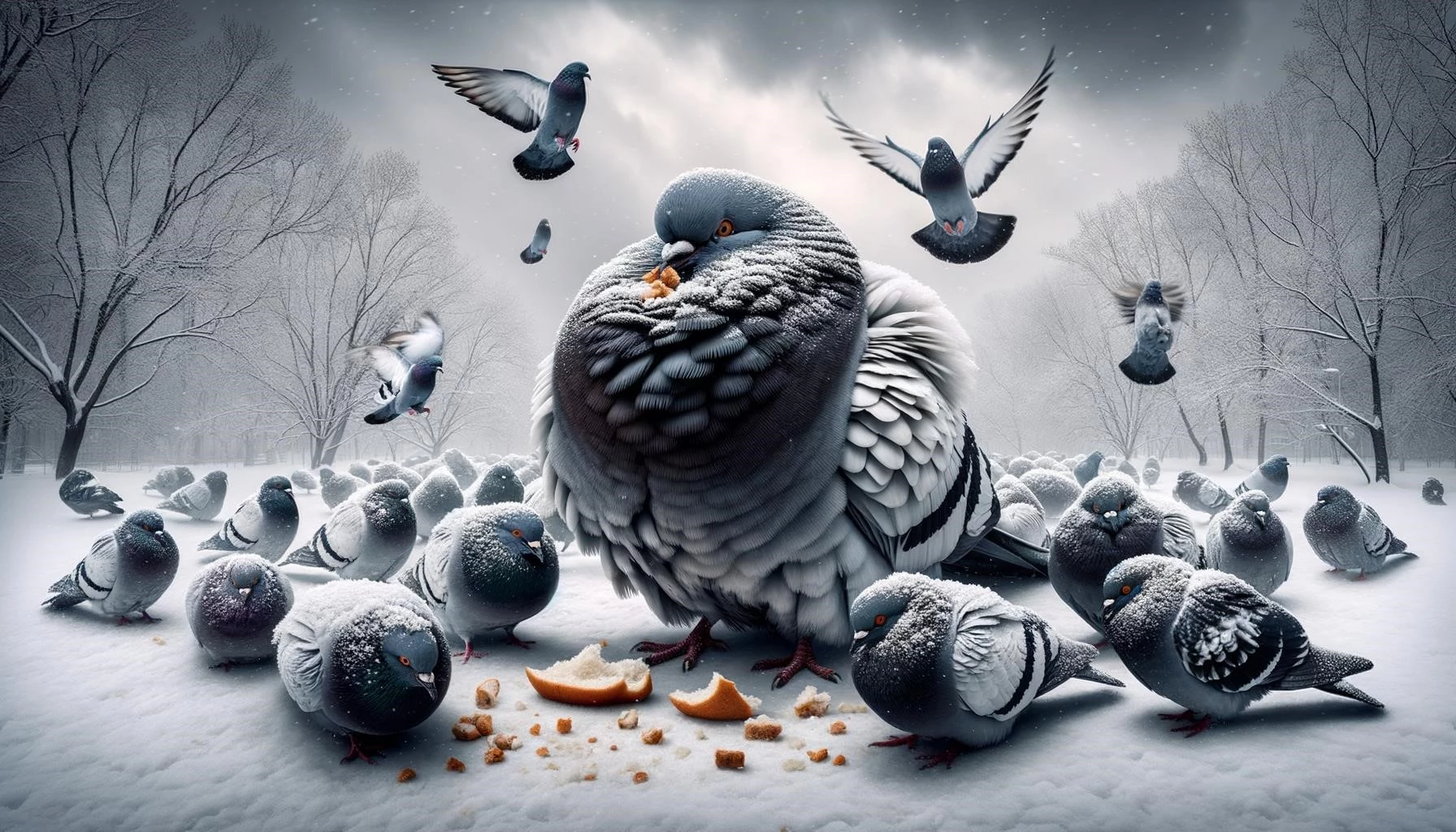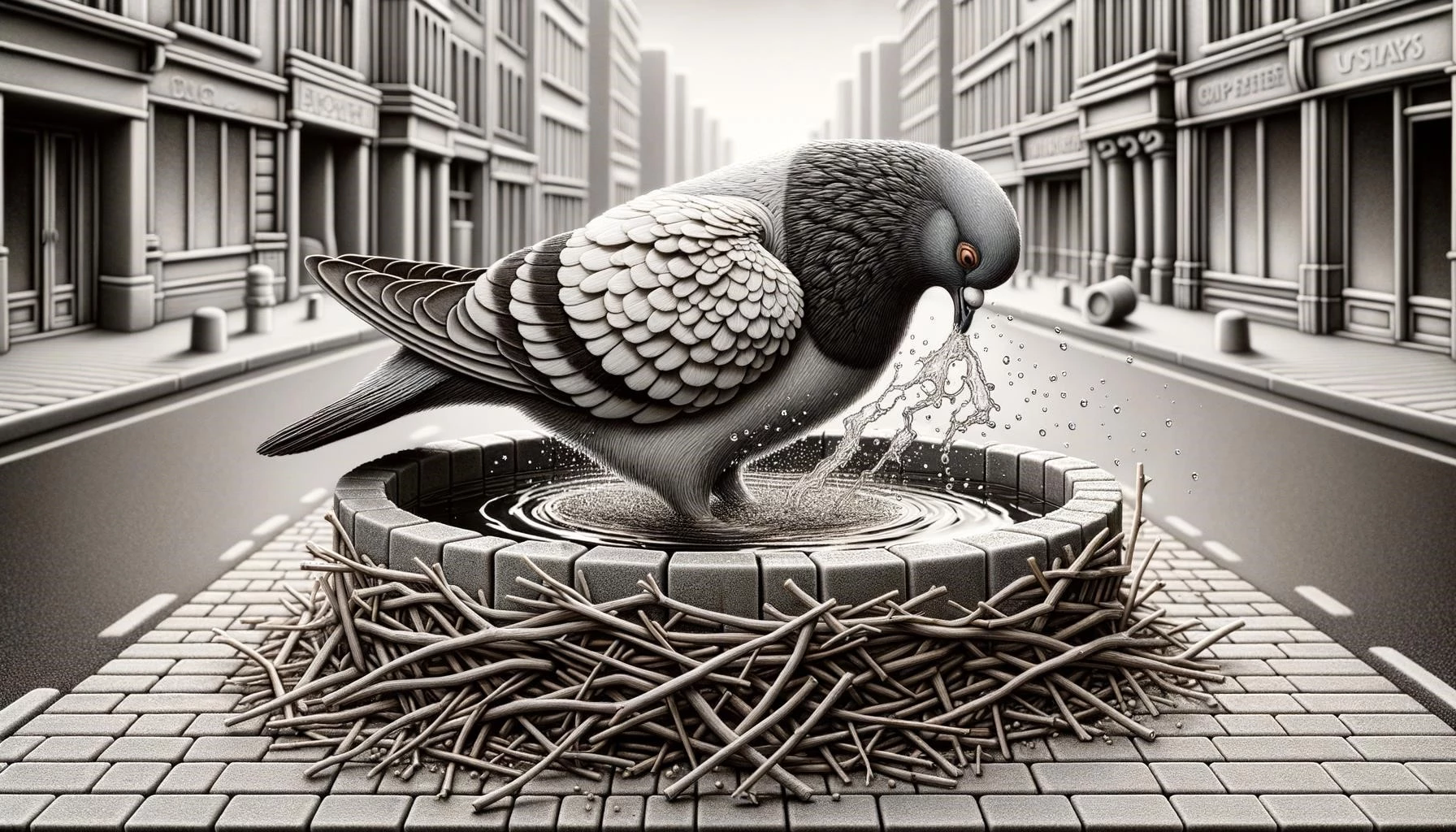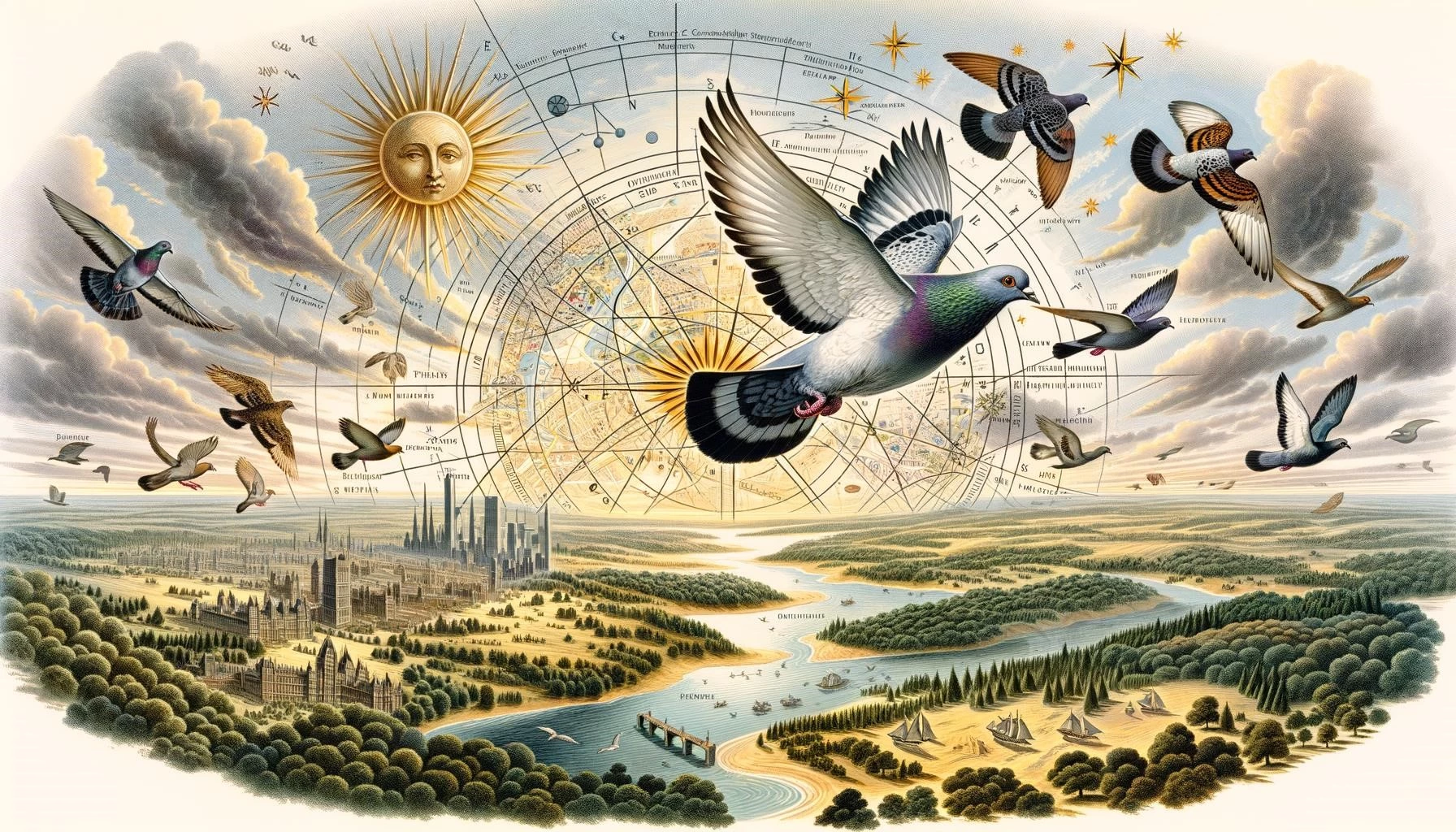Pigeons, also known as rock doves, are highly versatile birds that can thrive in both urban and rural environments. They are known for their adaptability, social nature, and unique behaviors. Understanding pigeon behavior is essential for appreciating and coexisting with these birds in their natural habitats.
Key Takeaways
- Pigeons are highly social birds that form large flocks and rely on collective behavior for survival.
- Male pigeons engage in courtship behavior to attract females, including puffing out their chests, cooing, and bobbing their heads.
- Female pigeons display nurturing behaviors, such as constructing nests and incubating eggs.
Social Behavior and Flocking
Pigeons are highly social creatures, often forming large flocks that can number in the thousands. They have a strong sense of community and rely on collective behavior for survival. When one pigeon spots a potential food source or danger, it quickly communicates this information to the rest of the flock through various visual and vocal signals. This synchronized behavior allows them to maximize their chances of finding food and staying safe from predators.
Communication among pigeons primarily occurs through vocalizations. Their most well-known form of communication is cooing, which serves various purposes in their social interactions. When a pigeon coos, it produces a series of soft, low-pitched sounds that are soothing to the ears. This gentle and friendly vocalization is used to communicate with other pigeons and establish social bonds.
Courtship Behavior
Pigeons engage in an intriguing dance known as courting before they mate. Male pigeons often display elaborate courtship behaviors to attract females. This includes puffing out their chests, cooing loudly, and bobbing their heads. These displays are meant to impress the female and demonstrate the male’s fitness for reproduction. Females, on the other hand, respond to these courtship behaviors by cooing back and bowing their heads if they are interested in mating.
Once the courtship ritual is successful, pigeons mate by engaging in a unique behavior known as a cloacal kiss. This involves the male and female pigeons bringing their cloacas (reproductive organs) together for fertilization. A few days after mating, the female pigeon will lay eggs and take on the responsibility of incubating them.
Nesting and Incubation Behavior
Female pigeons are typically responsible for constructing the nest and incubating the eggs. They collect twigs, leaves, and other materials to build a nest for their offspring. The male pigeon may assist with nest construction, but the majority of the work is done by the female.
Once the nest is built, the female pigeon will lay one or two eggs, which she will incubate for approximately 17-19 days. During this time, she will keep the eggs warm and protect them from potential threats. The male may take turns incubating the eggs as well, sharing the parental responsibilities.
After the eggs hatch, both the male and female pigeons contribute to feeding and caring for the chicks. The parents produce a special secretion known as pigeon milk in their crops, which they regurgitate to feed their young. This nutrient-rich substance provides the necessary nourishment for the growing chicks.
In conclusion, understanding pigeon behavior in nature reveals their social nature, courtship rituals, and nesting habits. By appreciating these behaviors, we can develop a deeper appreciation for these remarkable birds and coexist with them in their natural habitats.








